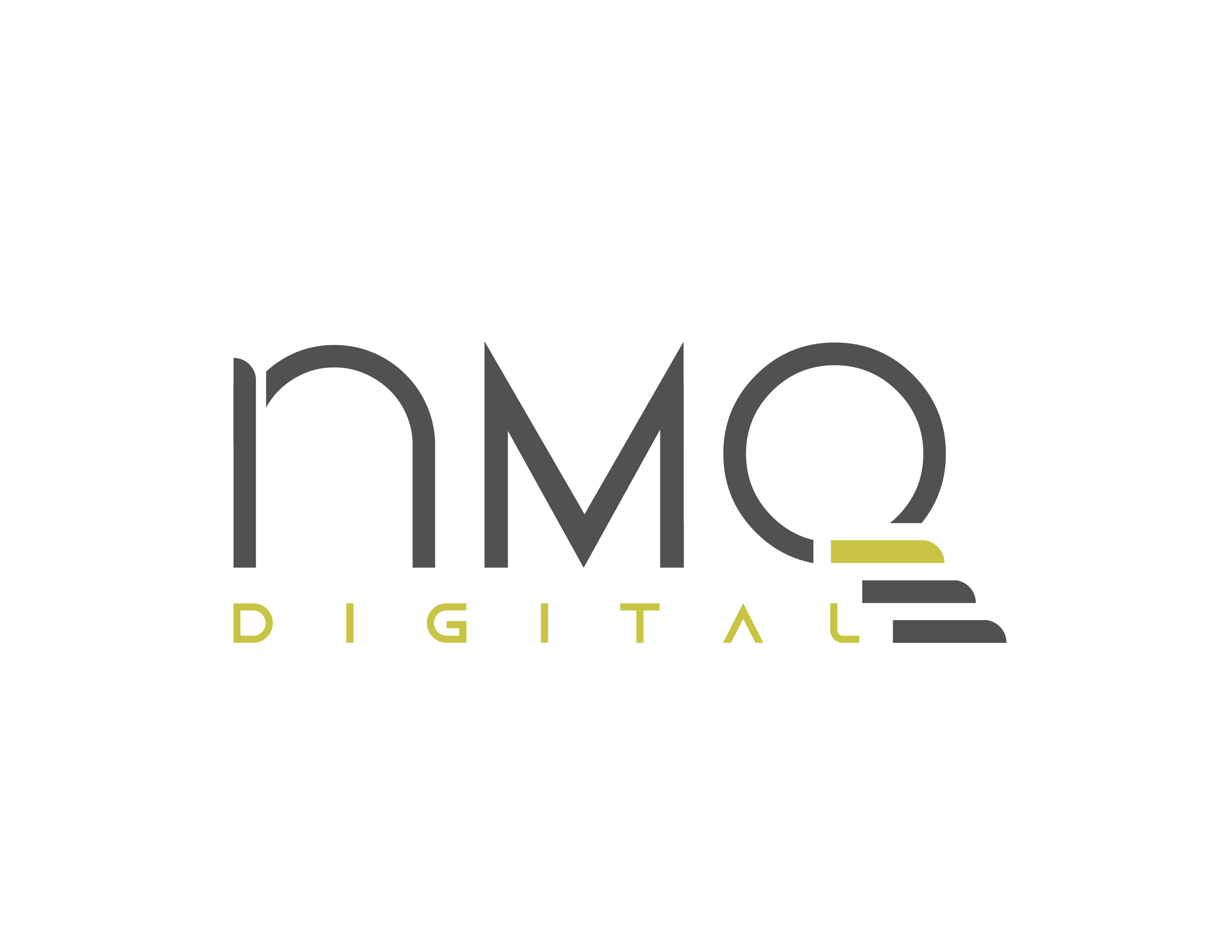In today's business landscape, a significant obstacle that companies face is the inability to create a distinct brand image and reputation. This challenge arises to some extent due to the absence of a well-defined value proposition and unique offerings. Our blog will deep dive into these two fundamental issues.
What is Brand Awareness, Value proposition, and USP?
Brand awareness
Let us start by defining what we mean by brand awareness and perception. Brand awareness refers to the level of familiarity and recognition that a brand has among consumers. It represents the ability of consumers to recognize and recall a brand when they are presented with its name, logo, or other visual or auditory cues.
Some examples of brands with strong brand awareness and perception include:
- Apple - Apple has an incredibly strong brand with a clear value proposition, exceptional design, and innovative products that resonate with consumers.
- Nike - Nike has a strong brand identity and a clear message that has helped it establish a loyal customer base. The brand also collaborates with high-profile athletes and influencers to maintain its reputation.
- Coca-Cola - Coca-Cola has been around for over a century and has established a reputation for delivering consistent quality and memorable marketing campaigns.
- Amazon - Amazon has built a strong brand by delivering unparalleled customer service, offering a wide range of products, and providing a convenient shopping experience.
These brands have successfully created a strong brand identity by developing a unique value proposition, delivering consistent quality, and creating engaging marketing campaigns. They have also been successful in maintaining their brand reputation by consistently meeting and exceeding customer expectations.
Value proposition
A value proposition is a clear statement that explains what benefits a company's product or service provides to its customers and how it differentiates from its competitors. It outlines the unique value that a company offers to its customers and why they should choose its product or service over others.
A value proposition typically includes the following elements:
- Customer Pain Points: It identifies the problems or needs that the target customers face.
- Unique Solution: It describes how the company's product or service solves the customer's pain points in a unique and effective way.
- Benefits: It outlines the specific benefits that the customer will receive from using the product or service, such as cost savings, time savings, convenience, improved performance, or other desirable outcomes.
- Differentiators: It explains how the company's product or service stands out from competitors and provides a compelling reason for customers to choose it over alternatives.
Some examples of brands with strong value propositions include:
- Apple: "Think Different." Apple's value proposition focuses on its innovative and user-friendly technology, and its ability to help people think and work differently.
- Uber: "The smartest way to get around." Uber's value proposition emphasizes the convenience, speed, and affordability of its ride-sharing service, which makes it a smart choice for people who need to get around quickly and easily.
- Amazon: "Earth's biggest selection." Amazon's value proposition is all about offering a vast and diverse selection of products to its customers, which makes it a one-stop shop for all kinds of shopping needs.
- Nike: "Just Do It." Nike's value proposition is centered on empowering people to push their limits and achieve their goals, with high-quality and innovative athletic gear and apparel.
- Dollar Shave Club: "Shave Time. Shave Money." Dollar Shave Club's value proposition is all about saving customers time and money on their grooming needs, with affordable and high-quality shaving products that are delivered right to their door.
These brands have clear, concise, and compelling value propositions that resonate with their target customers, and they are great success stories of how a clear and compelling value proposition can help a company differentiate itself in a crowded market and establish a strong brand identity. It can also help the company communicate its unique value to potential customers, build trust and credibility, and drive sales and revenue growth.
USPs
USP stands for Unique Selling Proposition, which is a marketing concept that was first introduced in the 1940s by advertising executive Rosser Reeves. A USP is a distinctive and compelling benefit that sets a product or service apart from its competitors and makes it stand out in the marketplace.
The concept of a USP is similar to that of a value proposition, but it focuses specifically on the unique selling points that make a product or service different and more desirable than others in the market. The USP is often used as a central theme in advertising campaigns to capture consumers' attention and convince them to choose the product or service over competitors.
Examples of well-known USPs include:
- FedEx: "When it absolutely, positively has to be there overnight."
- Domino's Pizza: "You get fresh, hot pizza delivered to your door in 30 minutes or less - or it's free."
- M&M's: "Melts in your mouth, not in your hand."
These USPs clearly communicate the unique benefits of the product or service and set them apart from competitors in a memorable and compelling way. They are good showcases of how by highlighting a unique selling proposition, companies can differentiate themselves in a crowded market, attract new customers, and build a strong brand identity.
Why having a clear value proposition is important?
Having a clear value proposition and USPs is essential for businesses for several reasons:
- Differentiation: A clear value proposition helps a company differentiate itself from its competitors. It identifies the unique benefits that a company offers to its customers, which can set it apart from others in the market and make it more attractive to potential customers.
- Focus: A value proposition helps a company stay focused on its core offering and target audience. By identifying the specific needs and pain points of its target customers, a company can tailor its product or service to meet those needs more effectively.
- Communication: A clear value proposition helps a company communicate its unique value to potential customers more effectively. It provides a clear and concise message that explains what the company does, why it's different, and how it benefits its customers.
- Sales and Marketing: A clear value proposition can help a company drive sales and revenue growth. By highlighting the unique benefits of its product or service, a company can attract new customers, build brand loyalty, and encourage repeat business.
- Brand Identity: A strong value proposition is essential for building a strong brand identity. It helps a company establish a clear and recognizable brand that customers can trust and identify with over time.
A step-by-step guide to creating a clear value proposition
Now we know how a clear value proposition and USPs can benefit companies, especially for their brand awareness and identity, now it is time to provide you with a step-by-step guide on how to create a clear value proposition:
- Identify your target customer: Start by identifying your target customer and understanding their needs, wants, and pain points. Who are they? What problems are they trying to solve? What are their goals and aspirations?
- Identify the problem you're solving: Once you've identified your target customer, identify the specific problem that you're solving for them. What pain points or challenges are you addressing? How are you making their lives better or easier?
- Determine your unique benefit: Identify the unique benefit that you offer to your customers. What makes your product or service different and better than other options in the market? What sets you apart from your competitors?
- Create a statement: Use the information you've gathered to create a clear and concise statement that describes your value proposition. Your statement should be no more than a sentence or two, and it should clearly communicate the specific problem you're solving, the unique benefit you offer, and the target customer you're serving. Be careful with your statements though that they are not,
- Generic, like "We provide high-quality products and services" or "Our product is the best in the market."
- Feature-Focused, like "Our product has a 24-hour battery life" instead of "Our product will last you an entire day, so you don't have to worry about running out of battery".
- Jargon-Laden, like "Our innovative cloud-based SaaS platform delivers best-in-class scalability and performance for enterprise clients".
- Overpromising, like “Our product will solve all your problems and make your life perfect".
- Confusing, like "Our product is the most comprehensive and advanced solution in the market".
- Generic, like "We provide high-quality products and services" or "Our product is the best in the market."
- Test and refine: Once you've created your value proposition statement, test it with potential customers to see if it resonates with them. Ask for feedback and use that feedback to refine your statement and make it even clearer and more compelling.
Here's an example of a clear value proposition statement using these steps:
- Target customer: Small business owners
- Problem: Struggling to manage their finances and stay on top of their accounting
- Unique benefit: A simple and user-friendly accounting software that makes it easy to track expenses, manage invoices, and stay on top of taxes
- Statement: "Our accounting software simplifies your finances so you can focus on growing your business."
- Testing and refinement: Test the statement with small business owners, get feedback, and refine the statement to make it even clearer and more compelling.
By following these steps, you can create a clear and effective value proposition that helps you differentiate yourself from your competitors and attract more customers.
In conclusion, a clear value proposition is an essential element of building a strong brand identity. It enables companies to communicate their unique offerings and differentiate themselves from their competitors, while also resonating with their target audience. By establishing a clear value proposition, businesses can create a cohesive and consistent brand identity that builds trust and loyalty with customers. In today's competitive market, having a strong brand identity is crucial for success, and a well-defined value proposition is the foundation on which it is built. If you need help in defining your value proposition or USPs, NMQ Digital is here with its Digital Consultancy services.





